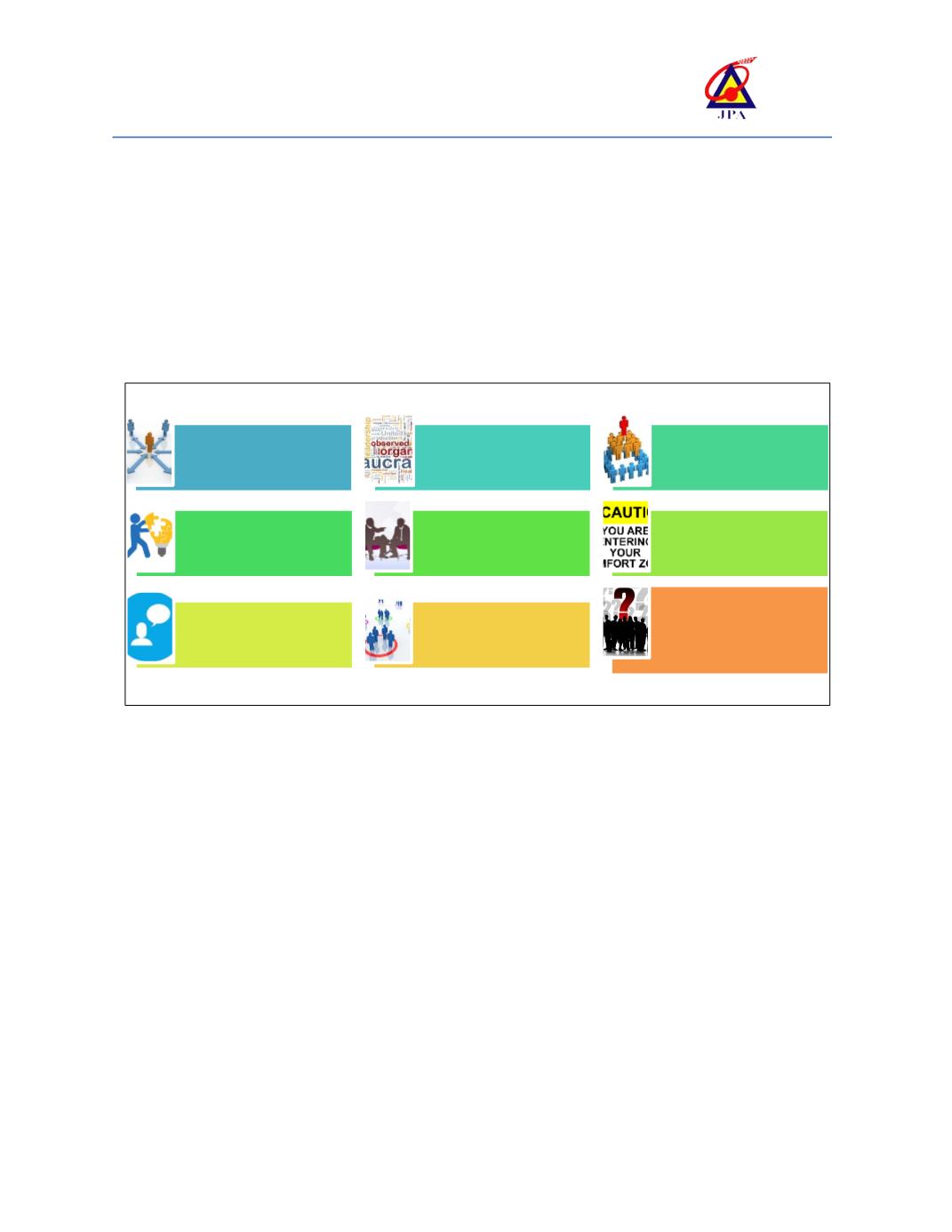

GUIDELINES FOR DEVELOPING A TRANSFORMATION PLAN
4
Gone are the days when the public service only delivers what it feels it can deliver. Instead, we have
entered an era in which we have to accommodate and adapt to the changing needs of the citizens.
Services must now be designed around the needs of the people and not the needs of the organisations.
And these needs are coming in waves fuelled by a more educated, aware and politically and
technologically savvy population. As the population becomes more technologically savvy, so must the
public service. Different modes of service delivery, and in particular those that leverage on information and
communication technology (ICT), are continually being thought of, created and developed to fulfil the
differing needs of the population. This invariably means a need for widened engagement with stakeholders,
clients and other local communities to co-design service deliveries.
In order to close the gap between policy aspiration and service delivery, we have also embarked
on greater and wider engagement with our various stakeholders, including our public service workforce.
New models of partnership and strategic collaboration are being formed and the days of the government
knows best are slowly becoming a thing of the past. The social media is also a platform that is increasingly
being utilised to seek for more views and greater engagement with our stakeholder communities and at the
same time deliver messages to the masses.
As such, our public service must be revitalised to fulfil these new demands being entrusted upon it.
We need to have competent public servants who have the requisite skills and knowledge to implement the
policies that have been laid down by the government. It means that we must invest in human capital
development. We need to invest in developing skills that are not only relevant today but also emerging
skills to enable the public service to lift its performance beyond the execution of traditional processes.
At the same time, re-engineering of public organisations is also a prerogative as these organisations
need to become more agile and more responsive to changing needs. ICT will also continually be capitalised
and leveraged upon to cut down on the layers of bureaucracy that the public service is noted for.
Centralisation of
power
Bureaucratic red
tape
Hierarchical
reporting
Low strategic
competency
Lack of mentoring
and coaching
Comfort zone
Less responsive
and less sensitive
Silo and low level
of consultation
Increasing
expectations and
demands of the
Rakyat
Internal Challenges Affecting the Public Service



















